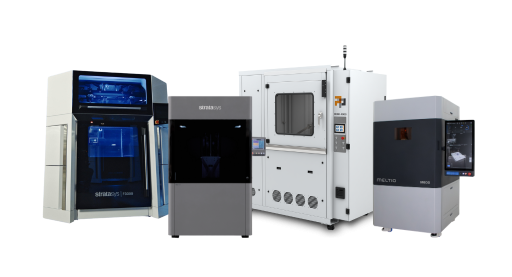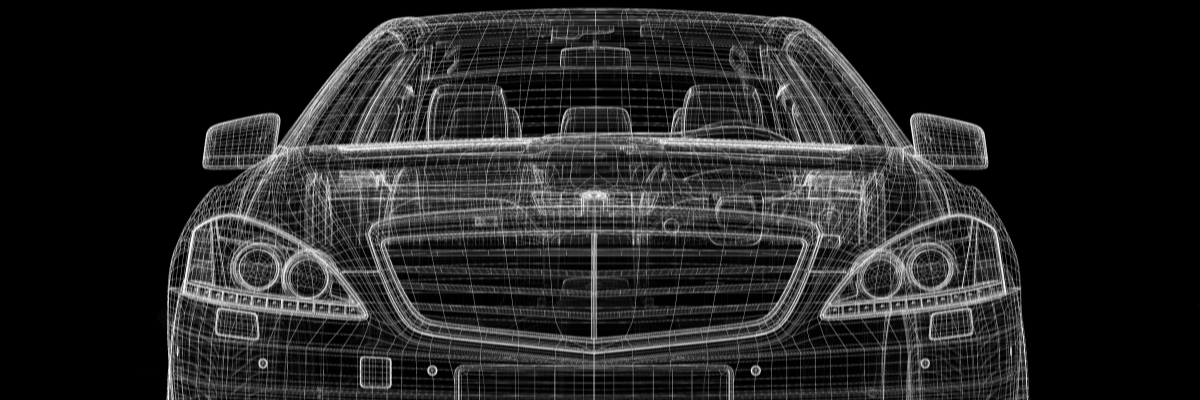3D printers
High quality 3D printers

25% discount on your first order of 3D printed components!
SAVE SUMMER DISCOUNT NOW!

The perfect symbiosis of quality and quantity!

Complex geometries with ideal properties!

High-resolution components with a wide variety of materials!

High-performance components with sustainable production!

A wide range of materials and ultra-fast production!

Ideal for a wide range of dental indications!

The process from simple component to product!

Fully automate your production!

Fast processing and successful management!















Sorry, there are no results for this combination of filters. Choose another combination of filters.
To ensure that all requests are handled promptly and completely, we ask that you submit all support requests through our support portal.
To the service portalDo you need assistance with your project, do you need advice or a sample part that we can send you?
Send Email
Additive Manufacturing is a game changer within the automotive industry. Through it, automotive designers can produce prototypes, from a simple interior element to a scale model of an entire car, at an incredible speed.
This process, also called rapid prototyping, enables companies to turn ideas into convincing concepts as quickly as possible.
In the next step, these concepts can be further developed into prototypes that are true to reality and reflect the final result in almost all respects.
Finally, through a series of validation phases, these prototypes can lead to mass production of the idea.
With 3D printing technology it’s possible to produce concept models, prototypes, tooling and small batches of end-use parts directly on-site. This allows engineers and designers to achieve greater efficiency, conduct more thorough testing, and gain complete confidence in the production process.
Advanced rubber-like materials that can be used in the 3D printing process ensure a seamless manufacturing process when developing door seals and shock-absorbing components.
Translucent materials, which can also be processed with 3D printers, facilitate fluid analysis, while acrylic-like materials can replicate dashboard parts with the highest precision.
When models look and function like the real part, problems can be identified and corrected immediately. This allows precise tolerances to be maintained and perfection to be achieved.
Such models are no longer wishful thinking with Additive Manufacturing!
Additive Manufacturing has revolutionized research and development for automotive manufacturers. It is increasingly being used within the industry to shorten development times, improve prototyping workflows and deliver innovative parts that would be impossible using traditional manufacturing processes.
At several major automotive manufacturers in the United States 80 – 90 % of every first prototype is now produced by 3D printing. The most popular components include air intakes, parts of the exhaust, and parts of the air ducts.
These parts are digitally designed, produced by a 3D printer, installed in a car within a very short time, and then tested in several iterations.
Rapid prototyping enables a much shorter development phase and a shorter time span from idea to finished part for the automotive industry.
Just-in-time production, in which large quantities of parts are only delivered immediately before assembly, is used today by most automotive manufacturers who produce large series. This manufacturing process massively reduces the need for storage space, which is usually very costly.
Additive Manufacturing can support this manufacturing process and the associated cost savings by allowing production parts to be made right on the spot if there is a disruption in a manufacturer's supply chain.
For example, during a recently planned market launch of a new passenger car, a tool for the housing containing the engine control unit was manufactured incorrectly. As a result, the market launch of the passenger car was delayed.
Now, instead of incurring a costly wait for new tools from a third-party supplier, Additive Manufacturing was used to produce the missing tools themselves on site. This meant that the market launch could take place with only a minimal delay and thus with far fewer additional costs.
Manufacturers of sports and luxury cars produce prestigious and exotic cars in small quantities for the most demanding customers. Because of the unique vehicles these manufacturers create, they look for exceptional ways to produce parts for these special cars.
In the case of these manufacturers, Additive Manufacturing is used to fulfill specific customer wishes as well as complex individual requirements by the buyer. A good example here is the production of personalized lettering for interior components (e.g. dashboard or doors).
Electric vehicles are becoming increasingly popular with consumers as a more environmentally friendly mean of transportation compared to traditional, gasoline-powered vehicles.
Although some progress has been made recently in reducing the weight of batteries for electric vehicles, they remain among the heaviest components of the vehicle. Since increased weight has a negative impact on a vehicle's efficiency and performance, engineers are always looking for ways to reduce the weight of individual parts when developing components for these vehicles.
Additive Manufacturing makes it possible to produce parts with unique geometries. This allows engineers to produce parts in ways that are not feasible with traditional technologies.
These unique geometries allow parts that are normally assembled from multiple components to be produced as a single part. These parts usually have a lower weight than conventional parts due to the uniform production. Furthermore, the load on the drive train is reduced by these parts, which contributes to a greater driving range of electric vehicles.
Another innovation made possible thanks to additive manufacturing is a 3D-printed cooling jacket that serves as a heat exchanger inside the vehicle.
The motor and battery of an electric vehicle generate a great amount of heat, especially during the charging process. If this heat is not dissipated, the wear of these essential components is accelerated.
Through this cooling jacket, which dissipates heat from the motor and battery, the durability of electric vehicles can be increased, and thus Additive Manufacturing ensures even less impact on the environment.
Outperforming the competition and reducing product development costs are everyday challenges in the automotive industry. Innovative design and engineering require precise and reliable technology solutions - and this is where Additive Manufacturing can play an essential role.
Additive Manufacturing complements traditional automotive manufacturing technologies and is transforming a wide range of applications. Whether it's producing replacement parts for classic cars, prototypes for the latest automotive models, or developing one-off parts for unique creations, 3D printing improves the efficiency of any business and accelerates innovation and competitive advantage.

More and more automotive companies turn their backs on traditional manufacturing, at least for certain components, and are turning to the future. And that future is Additive Manufacturing.
Additive manufacturing is a forward-looking technology that is constantly being developed and improved. Who knows what will be feasible with this technology in the near future? Perhaps traditional manufacturing will one day disappear completely from the automotive industry?
What is certain is that more and more automotive companies are jumping on the Additive Manufacturing bandwagon. And to date, the successes of this technology, both inside and outside the automotive industry, are inspiring. Be it cost savings, quality improvements or more environmental friendliness, Additive Manufacturing can achieve all these goals!
Cookie settings
We use cookies to provide you with the best possible experience. They also allow us to analyze user behavior in order to constantly improve the website for you. Privacy Policy